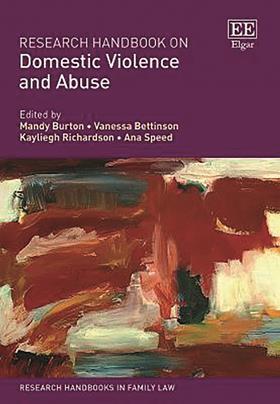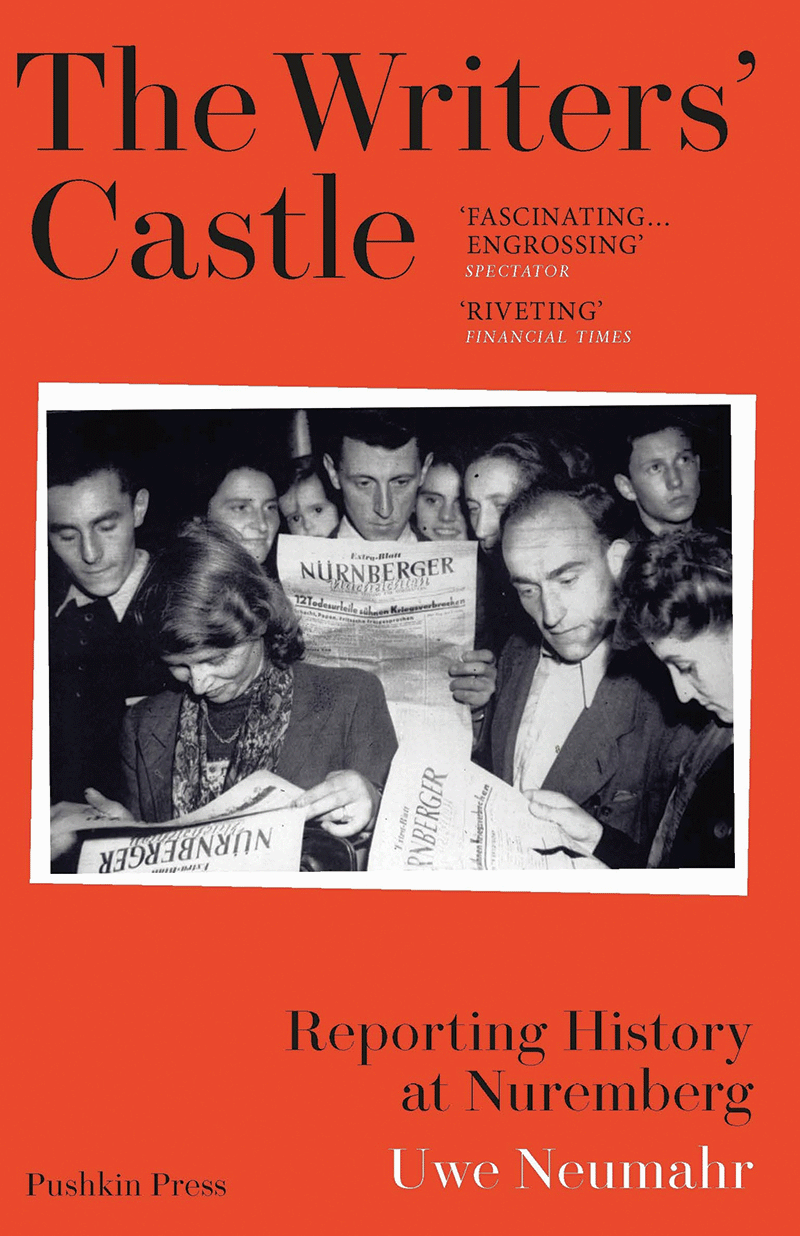Research Handbook on Domestic Violence and Abuse
Edited by Mandy Burton, Vanessa Bettinson, Kayliegh Richardson and Ana Speed
£220, Edward Elgar
★★★★✩
Though domestic violence is not experienced only by women and girls, it disproportionately affects females. Statistics indicate that around 18% of all crime in England and Wales is domestic abuse. Significant police and court resources are directed towards dealing with domestic violence and abuse, with mixed results.
This collection of essays looks at various aspects of the law relating to domestic violence and abuse, primarily in the UK, but also in some other common law jurisdictions. The papers are wide-ranging, covering issues such as the difficulties in enforcing protective legal remedies and the experiences of victims. The latter frequently report negative experiences through the criminal justice and family court system which in some cases even allows their abusers to continue their abuse. One overarching theme is the increasing attention paid to non-violent coercive control as an aspect of domestic abuse, which legal authorities have seemingly been slow to acknowledge.

Several of the essays make for uncomfortable reading; they paint a picture of a system that is inadequate in numerous ways, both in terms of substantive law and the supporting infrastructure. As a former legal aid lawyer, I found the chapter on the limited availability of legal representation for vulnerable victims particularly depressing. The comparative chapters, where the UK’s approach is compared to that of Australia, make for interesting reading and perhaps indicate a direction of travel.
Uncomfortable as they may be, the chapters are, by and large, well argued and instructive. As a lawyer who does not specialise in this field – and who found the later chapters on criminal law particularly interesting – I did not feel out of my depth. This is not really a book for those working day to day in the field – the essays tend to be more of the academic variety, although I suspect many of the points made will find their way into the frontlines via judicial decisions and legislation before long.
At over £200, and well over 400 pages, it is a weighty tome and hard to recommend for the general reader. However, those with academic and professional interests will find it worth their time.
James E Hurford is a solicitor at the Government Legal Department, London






























No comments yet